TikTok Makes a Comeback in the U.S. Thanks to Trump's Intervention
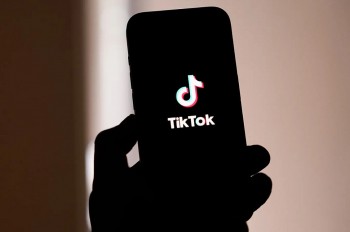 What are the Best Scenarios for TikTok’s Revival? What are the Best Scenarios for TikTok’s Revival? |
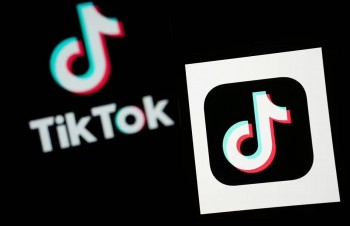 Why Did TikTok Shut Down in Canada After the U.S. Ban? Why Did TikTok Shut Down in Canada After the U.S. Ban? |
TikTok, the immensely popular social media platform owned by Chinese company ByteDance, faced a dramatic day of uncertainty in the United States as its services were temporarily halted following a Supreme Court ruling.
The ruling effectively banned TikTok in the U.S. over national security concerns but was swiftly addressed by President Donald Trump, who intervened to ensure the app’s availability for millions of American users and businesses.
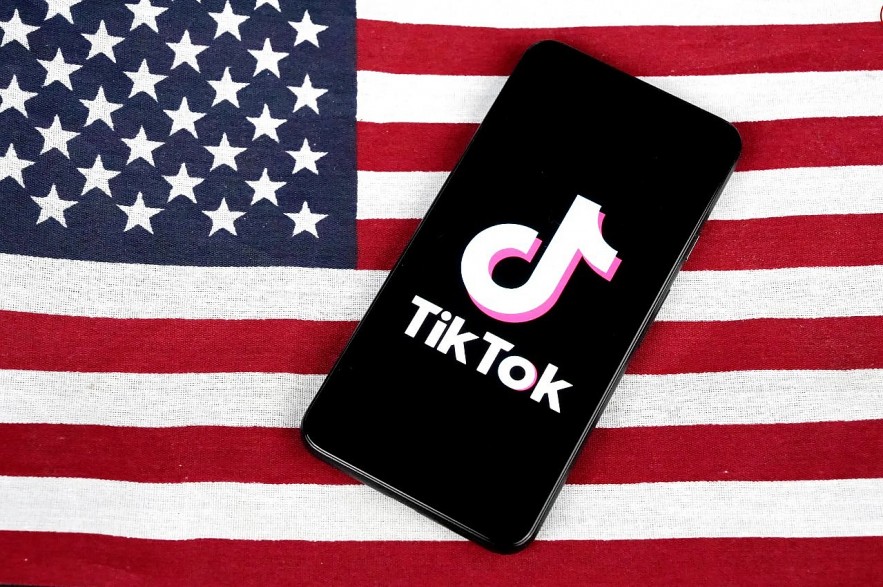 |
| TikTok working to restore service after Trump assurance |
The Ban and Its Immediate Impact
On Friday, the Supreme Court upheld a law banning TikTok in the United States, citing national security risks tied to its Chinese ownership. The government has long expressed concerns that TikTok’s parent company, ByteDance, could share data with the Chinese government. This decision came after years of debate, with advocates for the ban emphasizing the platform’s potential to compromise user privacy and national security.
The ban’s announcement led to widespread reactions across social media platforms. TikTok users expressed frustration and confusion as the app displayed a message stating that the service was no longer available. The notification, however, hinted at a potential resolution, stating that President Trump had indicated he would work on a solution. Despite the uncertainty, TikTok’s presence in the U.S. seemed to hang by a thread, impacting not just millions of users but also small businesses that rely on the platform for marketing and outreach.
Trump’s Role in Restoring TikTok
By Sunday afternoon, the situation took a dramatic turn. President Donald Trump, who was set to take office the following day, announced his commitment to ensuring TikTok’s availability in the United States. His intervention was seen as a response to public outcry and the economic ramifications of losing a platform with over 170 million American users and seven million small businesses relying on it.
TikTok confirmed in a statement on X (formerly Twitter) that it was “in the process of restoring service.” The company expressed gratitude to Trump for providing the necessary assurances to service providers, ensuring they would face no penalties for continuing operations. This quick resolution highlighted Trump’s influence and willingness to address the controversial issue head-on.
In its statement, TikTok thanked Trump for his clarity and support, emphasizing the importance of free speech and opposition to arbitrary censorship. “It’s a strong stand for the First Amendment,” the statement read, showcasing the broader implications of the ban beyond TikTok itself. The platform also reaffirmed its commitment to working with the U.S. government to find a long-term solution that addresses security concerns while maintaining its presence in the country.
Reactions from Users and Businesses
The temporary shutdown and subsequent restoration of TikTok sparked a wave of reactions online. On other social media platforms, users shared memes, jokes, and concerns about the ban. Some speculated about alternative ways to access TikTok content, with international users jokingly offering to sell screen recordings of TikTok videos to Americans. Despite the humor, the situation underscored the app’s significance in American culture and its role as a creative outlet for millions.
Businesses, particularly small enterprises, breathed a sigh of relief as the app resumed operations. TikTok has become an essential marketing tool for brands seeking to engage younger audiences, and its sudden unavailability threatened to disrupt strategies and revenue streams. The restoration of service allowed businesses to continue leveraging TikTok’s unique platform for growth and connection.
National Security Concerns and Future Challenges
The TikTok ban reignited debates about balancing national security with free speech and technological innovation. Critics of the ban argued that it was an overreach and questioned whether the app genuinely posed a security threat. Others supported the government’s stance, emphasizing the importance of safeguarding user data from potential foreign exploitation.
Trump’s intervention provided a temporary solution, but questions about TikTok’s future in the U.S. remain. The platform must address ongoing concerns to ensure its long-term viability. This may involve further negotiations with the government, increased transparency about data practices, or even changes in ownership to alleviate fears about Chinese influence.
What’s Next for TikTok in the U.S.?
TikTok’s ability to navigate this crisis demonstrates its resilience and the platform’s importance to its community. However, its path forward will likely involve significant changes to appease regulators and critics. The company has expressed its willingness to collaborate with the U.S. government to find a sustainable solution, which could include measures such as establishing U.S.-based data centers or forming partnerships with American firms to oversee operations.
For users, the restoration of TikTok means a return to business as usual, at least for now. Creators can continue sharing content, businesses can maintain their marketing strategies, and the platform’s cultural impact will remain strong. However, the incident serves as a reminder of the fragility of digital platforms in the face of geopolitical tensions and regulatory scrutiny.
Conclusion
The temporary ban on TikTok and its subsequent restoration underscore the complexities of modern technology’s intersection with national security and global politics. President Trump’s swift action to ensure the app’s availability reflects the platform’s cultural and economic significance in the U.S. While the immediate crisis has been averted, TikTok’s long-term future in the country will depend on its ability to address security concerns and maintain the trust of both the government and its users.
As the platform resumes operations, it enters a critical phase of rebuilding its reputation and reinforcing its commitment to user safety and transparency. The events of this weekend highlight not only the power of digital platforms to shape our lives but also the challenges they face in navigating an increasingly complex and interconnected world.
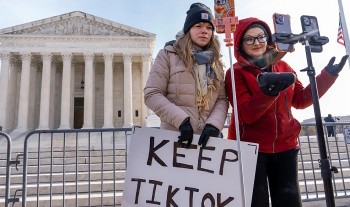 U.S. Supreme Court is Likely to Force TikTok to Sell or Shut Down U.S. Supreme Court is Likely to Force TikTok to Sell or Shut Down The U.S. Supreme Court is poised to uphold a law that mandates the Chinese parent company of TikTok, ByteDance, to either divest from the popular ... |
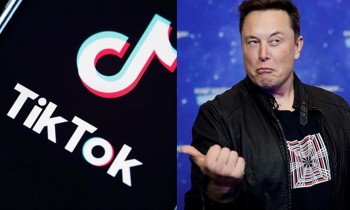 How Much Would TikTok Cost Elon Musk? $50 Billion to $60 Billion How Much Would TikTok Cost Elon Musk? $50 Billion to $60 Billion Elon Musk, the CEO of X (Twitter), may purchase TikTok or the US branch of this social media platform. How much will Musk spend on ... |
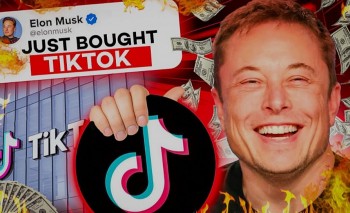 Elon Musk Buying TikTok: 'Pure Fiction'! Elon Musk Buying TikTok: 'Pure Fiction'! TikTok dismissed reports of China considering selling its U.S. operations to Elon Musk as "pure fiction," following Bloomberg’s claim that officials might explore this option ... |
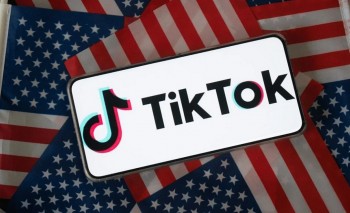 Tiktok Shut Down: What is Happening to 170 Million U.S Users? Tiktok Shut Down: What is Happening to 170 Million U.S Users? The shutdown of TikTok in the U.S. on Sunday (Jan.19, 2025) would have significant consequences for millions of users. |


























